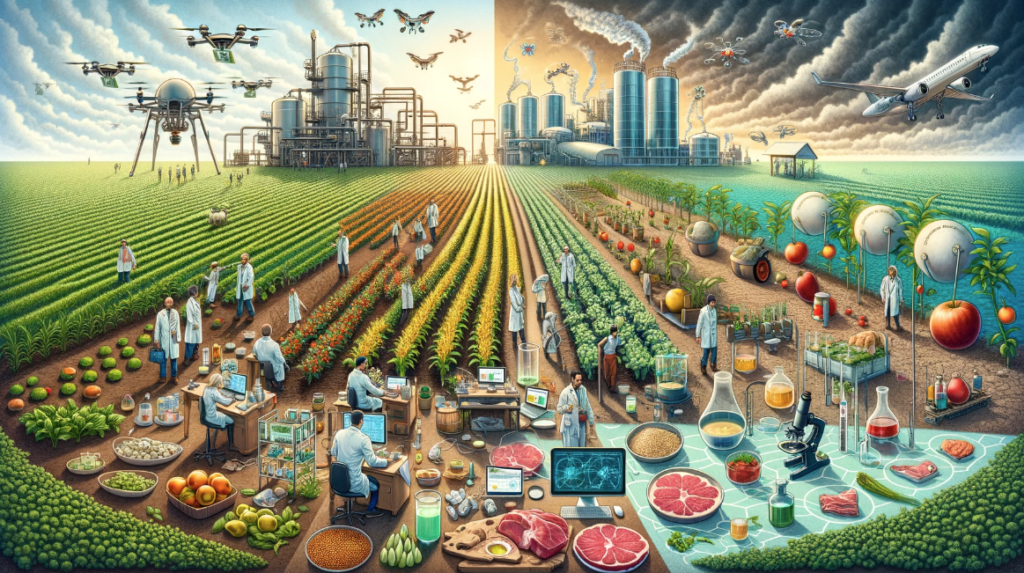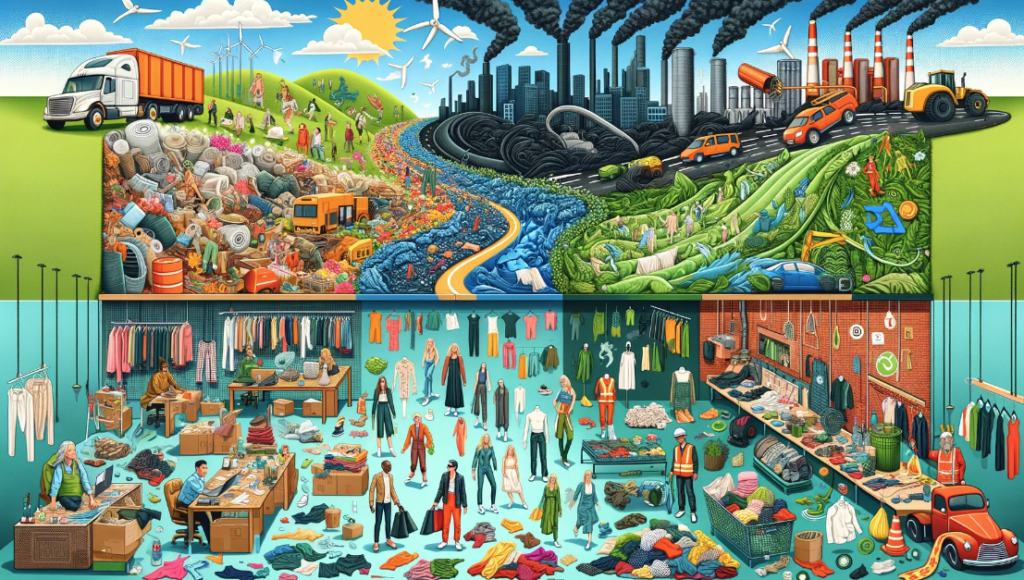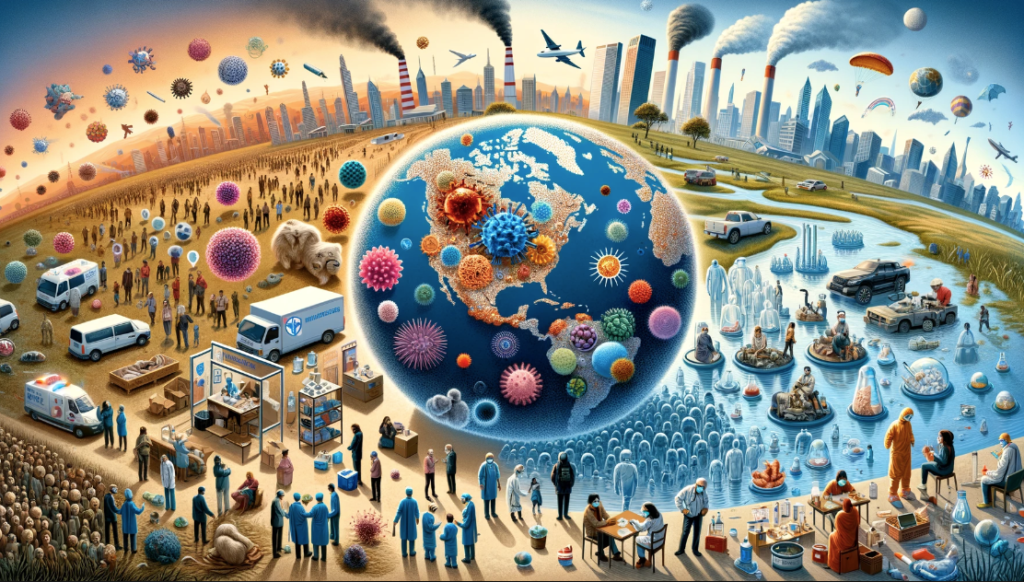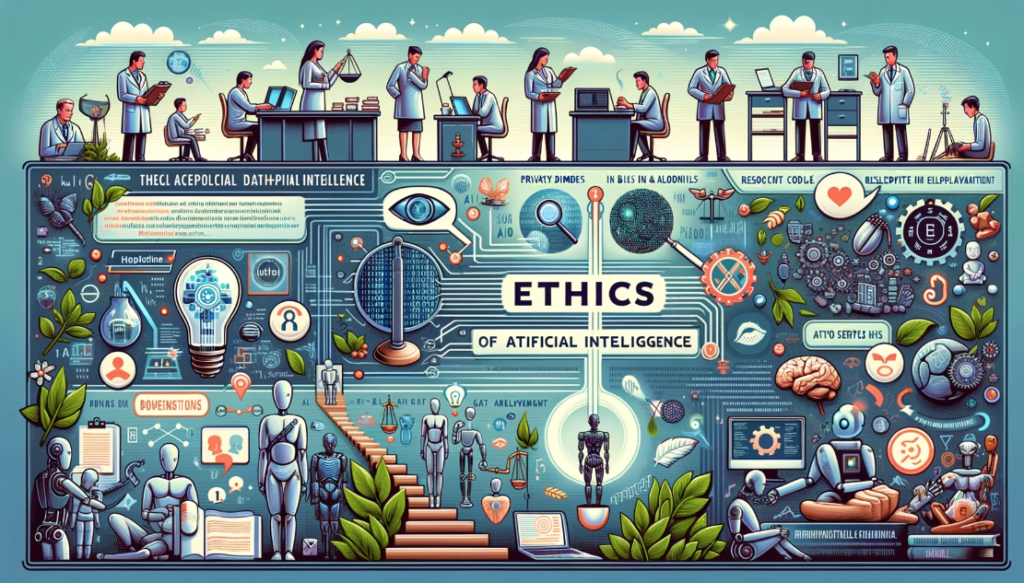Lesson 48.
The Influence of Advertising on Consumer Behavior (広告が消費者行動に与える影響)

▮ Explanatory Text:
Advertising is a powerful tool that shapes consumer perceptions and behaviors. It not only informs consumers about products and services but also persuades them, often tapping into emotions and values to influence purchasing decisions. Through various media channels, including TV, online platforms, and print, advertisers deploy strategies such as celebrity endorsements, emotional appeals, and social proof to create brand awareness and loyalty. However, the pervasive nature of advertising also raises questions about consumer autonomy, the promotion of materialistic values, and the impact on societal norms and health. This topic explores how advertising influences consumer choices, the psychological mechanisms at play, and the ethical considerations in advertising practices.
▮ Common Phrases:
1. Advertising strategies often utilize…
2. Celebrity endorsements can influence consumers by…
3. Emotional appeals in advertising seek to…
4. The concept of social proof in advertising involves…
5. Ethical advertising practices include…
▮ Example Sentences:
1. Advertising strategies often utilize persuasive techniques to highlight product benefits and unique features.
2. Celebrity endorsements can influence consumers by associating a product with a well-known and admired individual.
3. Emotional appeals in advertising seek to connect with viewers on a personal level, eliciting feelings that drive purchasing decisions.
4. The concept of social proof in advertising involves showcasing popular acceptance or widespread use of a product to encourage others to buy.
5. Ethical advertising practices include transparency, honesty, and respect for consumer intelligence and autonomy.
▮ Questions:
1. How do different advertising strategies affect consumer purchasing decisions?
This question encourages learners to discuss the impact of various advertising techniques on consumer behavior and choices.
2. What role does psychology play in advertising, and how are consumers influenced at a subconscious level?
Participants explore the psychological aspects of advertising, including how ads target subconscious desires and fears.
3. &4.How can consumers become more informed and critical viewers of advertising?
This prompts a discussion on media literacy and strategies for analyzing and interpreting advertising messages critically.
Discuss the ethical considerations in advertising, particularly in relation to vulnerable populations such as children.
Learners examine the ethical boundaries of advertising, focusing on the protection of vulnerable groups from manipulative practices.
5. What impact does advertising have on societal norms and values, and how does it reflect or shape culture?
This question invites learners to reflect on the broader cultural and societal effects of advertising, including its role in promoting certain lifestyles or ideals.
▮ Discussion Instructions:
Choose an advertising campaign that you find particularly compelling or problematic. Discuss its objectives, the strategies it employs, and its impact on consumer behavior and societal perceptions. Reflect on the ethical implications of the campaign and consider how it exemplifies larger trends in advertising and consumer culture.















